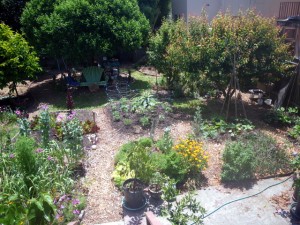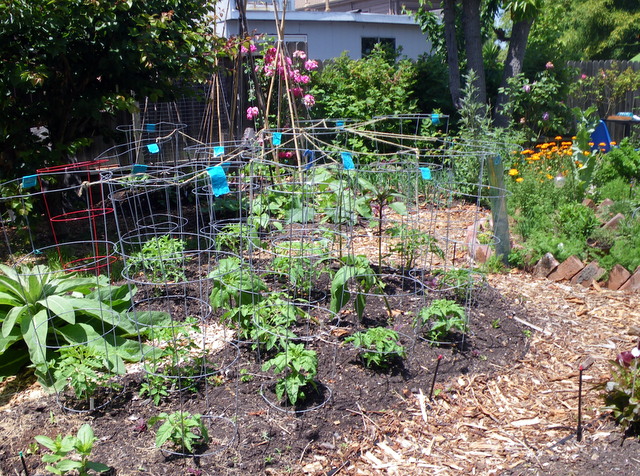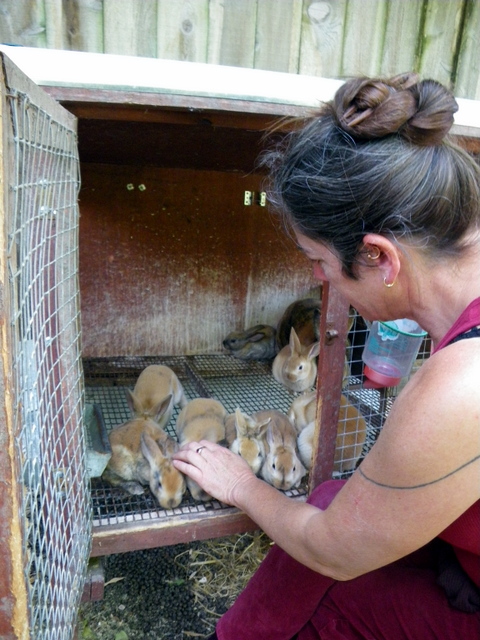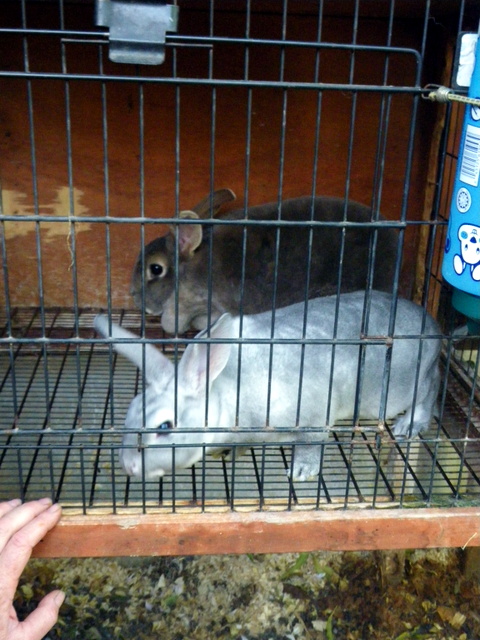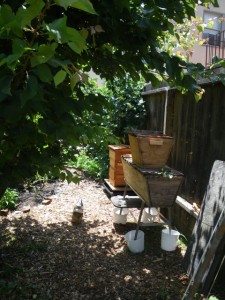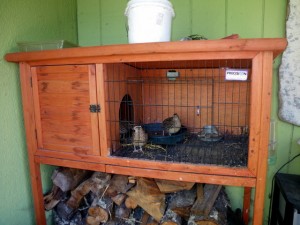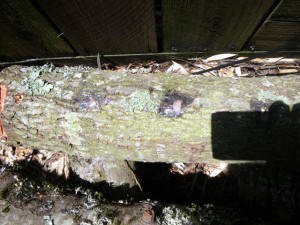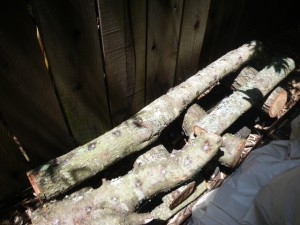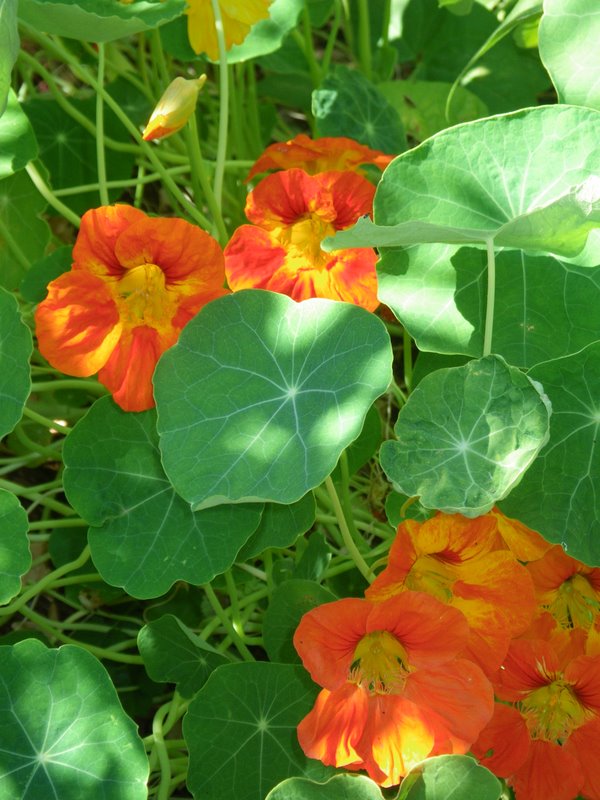by Avis Licht
Growing food in urban settings. When we think about where and how our food is grown, our first image is usually of large fields of one kind of crop: rows and rows of corn or lettuce or broccoli. So the term “urban farming” may have a confusing connotation – rows and rows of broccoli down Main Street? Doesn’t quite fit.
But imagine this – City parks with fruit trees, vacant lots with flowers and vegetables, small back yards with herbs, vegetables and fruit trees, balconies from the first floor to the thirtieth with pots of herbs and edible flowers. Rooftops exposed to the sun with food, flowers and even bee hives. It’s the new view of farming and it’s starting to happen all over the world.  Roof top gardens in New York City
Roof top gardens in New York City
. London bees on roof tops
London bees on roof tops
In the next series of articles I’ll show you how people are growing fresh, delicious, organic food within arms reach of their kitchen. And you can do it too. From roof tops to vertical gardens, you’ll find ways to pick your food fresh off the plant.
Teach your children well.
Here is Urban Adamah, a city farm in Berkeley, California. Find out more about Urban Adamah here.

March 2011

November 2011

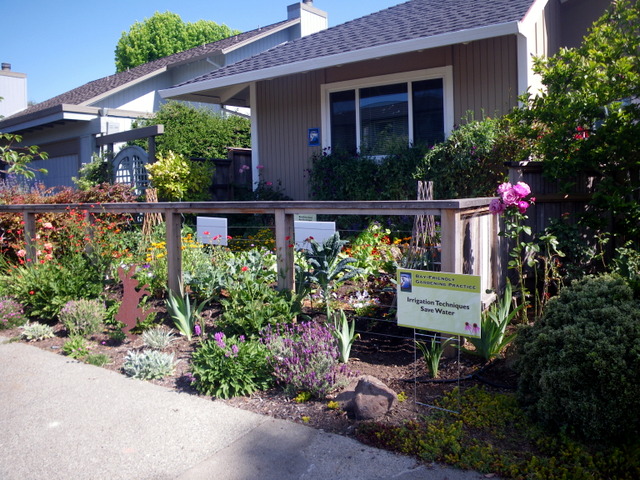
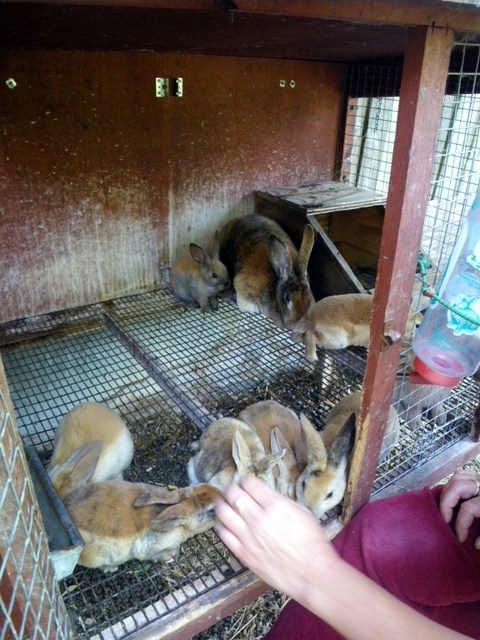
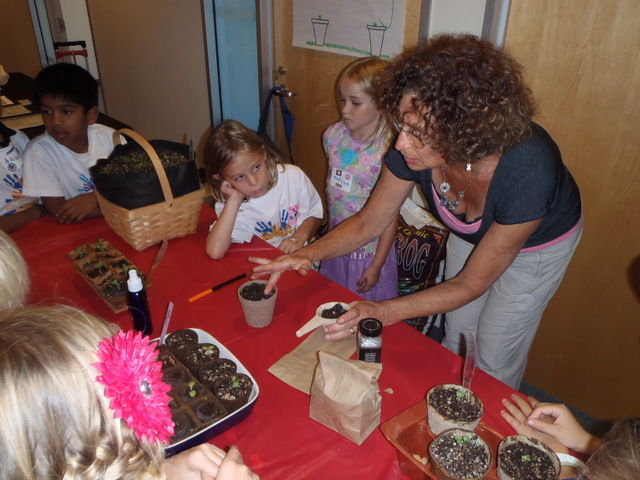
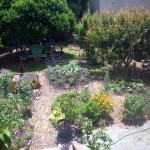
 Follow
Follow

